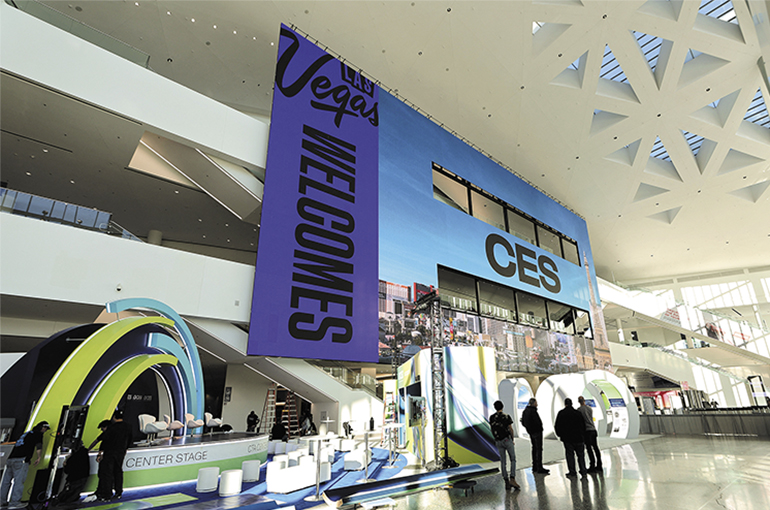 Chip, Computer Giants Unveil AI PC Products at CES 2025
Chip, Computer Giants Unveil AI PC Products at CES 2025(Yicai) Jan. 8 -- At this year's Consumer Electronics Show in the United States, personal computer makers such as Asus and Lenovo are showing off their labors in the realm of artificial intelligence-powered PCs along with Qualcomm, Intel, and other chipmakers.
Qualcomm unveiled its Snapdragon X Platform for AI PCs at the opening of the annual four-day CES yesterday. This is the fourth platform in the X series aimed at PCs, targeting devices priced around USD600, an employee of the California-based company told Yicai.
On Jan. 6, Intel made public its second-generation Core Ultra 200V, 200HX, 200H, and 200U processors for AI PCs, all integrating its central, graphics, and neural processing units. On the same day, Advanced Micro Devices debuted its Ryzen AI Max, AI 300, and 200 series processors, all System-on-a-Chip systems designed for AI PCs.
Unlike previously expensive AI PCs, Qualcomm, Intel, and AMD said the new chips will be used in computers priced from CNY4,000 to CNY8,000 (USD545 to USD1,090), with shipments to start in the first half of this year.
Taiwan-based Asus debuted the Zenbook A14, the world's lightest Copilot+ PC, while Beijing-based Lenovo unveiled its first AI tablet and first rollable screen AI PC, the ThinkBook Plus Gen 6, which will likely get a first-half launch.
South Korea's Samsung Electronics plans to show its Galaxy Book4 Edge 14 during the CES, with the product positioned to enter the AI PC ultrabook market.
AI PC shipments are projected to grow at a compound annual rate of 44 percent from last year to 2028, according to market researcher Canalys. They surged over the past year, likely topping 40 million units, according to Xing Muzi, assistant vice president of the semiconductor group at private equity firm Yunxiu Capital.
But AI-powered PCs still face technical challenges, Xing noted. "As AI PC adoption increases, on-device AI chips need further improvements in computing power, data transmission speed, and power consumption,” he said. “Stronger chip computing performance and better memory bandwidth are needed to win more users.”
Editor: Martin Kadiev